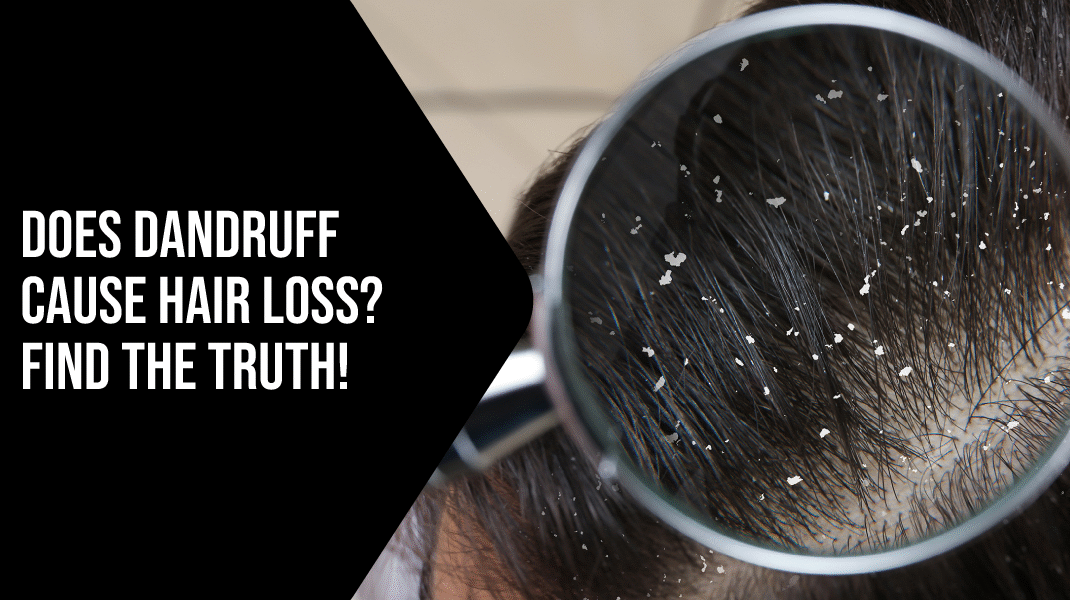You notice flakes on your shoulders and hair strands on your pillow or shower drain, and instantly, you start to worry. You ask yourself, “Does Dandruff Cause Hair Loss?” It’s a fair question because seeing both together can be scary.
The truth is, dandruff doesn’t directly make your hair fall out, but the constant itching, scalp irritation, and damage it causes can weaken your roots and lead to temporary hair loss. But here’s the good part.
Once you treat dandruff properly, your hair can grow back stronger and healthier. So, before you panic, let’s talk about why dandruff happens, how it affects your scalp, and most importantly, how to stop it before it harms your hair.
Does Dandruff Cause Hair Loss?
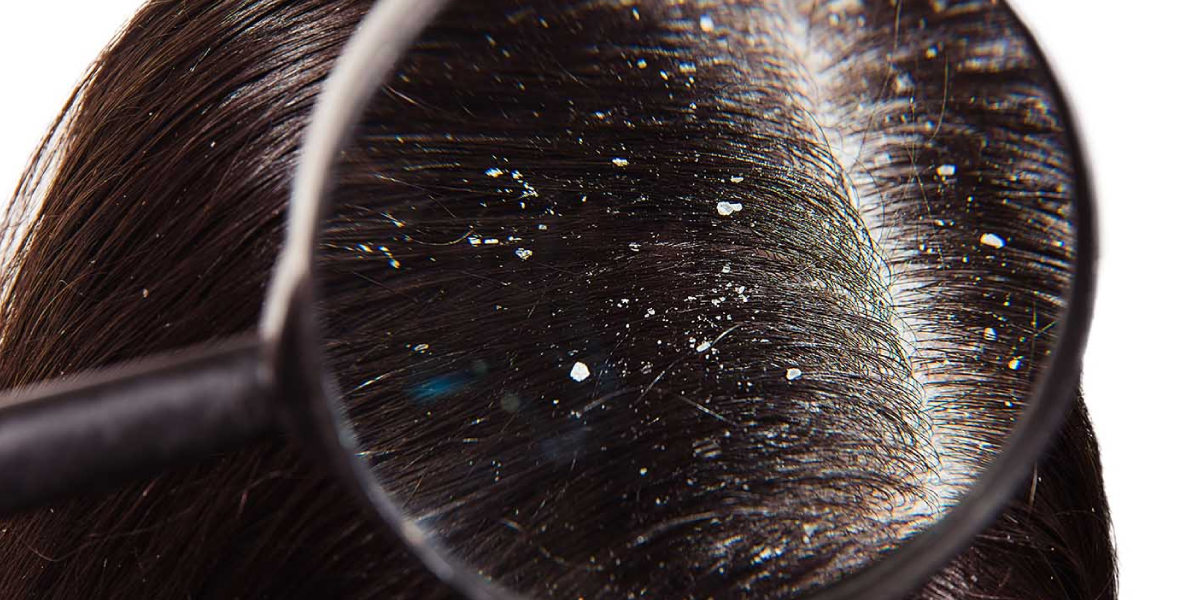
Dandruff doesn’t directly make your hair fall out. But constant itching, inflammation, and scalp damage from dandruff can weaken your hair roots, causing temporary hair loss.
Once dandruff is treated, your hair usually grows back normally. So, the best thing you can do is learn how to get rid of dandruff early and take care of your scalp gently.
What Exactly is Dandruff?
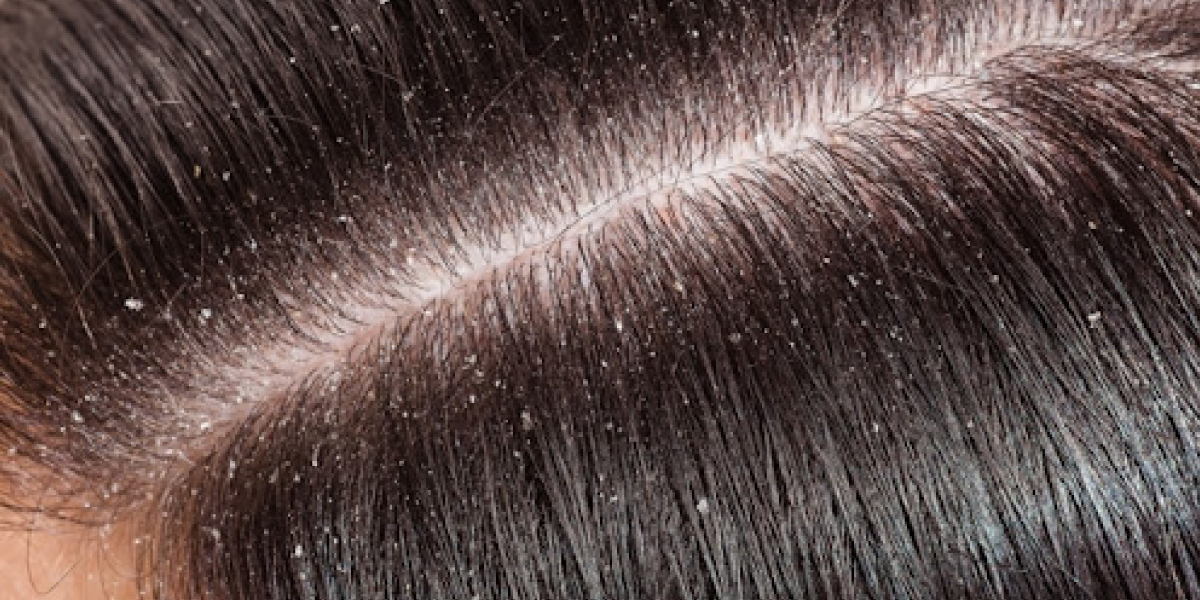
Let’s start simple: what is dandruff? Dandruff happens when the skin on your scalp sheds too quickly, leading to white or yellow flakes. It’s not only about dryness; it often comes from a mix of oil, fungus (Malassezia), and scalp sensitivity.
If you’ve ever asked yourself, “Why do I have so much dandruff?” the answer often lies in an oily scalp and a fungal imbalance.
Common Symptoms
| Sign | What It Looks or Feels Like |
| White or yellow flakes | On the scalp, clothes, or shoulders |
| Itchy scalp | Mild to moderate itchiness |
| Oily or dry scalp | Sometimes greasy, sometimes dry |
| Worse in winter | Cold weather increases flaking |
If you notice any of these, it’s time to think about how you can remove dandruff safely before it leads to irritation or hair thinning.
The Real Cause: What Causes Dandruff?
So, what causes dandruff? Dandruff forms when the natural yeast called Malassezia globosa grows too much on your scalp. This fungus breaks down scalp oils and releases fatty acids that irritate your skin, leading to flakes and itching.
Main Triggers
- Stress or anxiety
- Hormonal changes
- Using harsh hair products
- Washing hair too often or too little
- Cold or dry weather
Did You Know? Nearly 50% of people worldwide deal with dandruff at some point in their lives. That’s why understanding how to remove a dandruff problem effectively is key to healthy hair.
Difference Between Dandruff and Scalp Psoriasis
Both conditions cause flakes, but psoriasis is much more serious. It’s an autoimmune skin condition that leads to thick, silvery scales and inflammation.
| Feature | Dandruff | Scalp Psoriasis |
| Flakes | White or yellow, small | Thick, silvery, and sticky |
| Skin | Oily or dry | Red and inflamed |
| Pain | Usually none | Tender or painful |
| Area | Mostly scalp | Often extends beyond scalp |
If your flakes are thick, stick to the skin, or spread beyond the hairline, you might be dealing with scalp psoriasis. In that case, a scalp psoriasis shampoo can help calm the inflammation and loosen those thick scales.
How Dandruff Can Lead to Hair Loss
Even though dandruff doesn’t directly cause baldness, it can still lead to hair weakening and temporary hair fall due to scalp damage.
1. Scratching the Scalp
Dandruff makes your scalp itchy, and when that itching gets bad, most people can’t help but scratch. The problem is that too much scratching damages the scalp’s surface.
It also hurts the tiny hair follicles under the skin. Once those roots become weak or injured, hair can start breaking or falling out faster. If you keep scratching daily, it gets worse and slows down new hair growth.
2. Inflammation
When dandruff becomes severe, it can turn into a condition called seborrheic dermatitis. This causes redness, irritation, and inflammation around your hair follicles. Think of it like your scalp being slightly swollen inside.
The hair roots don’t get proper oxygen and nutrients, so the normal growth cycle gets disturbed. You may notice more hair shedding than usual, especially while washing or brushing.
3. Malassezia Overgrowth
Malassezia is a natural yeast that lives on everyone’s scalp. But when it grows too much, it breaks down scalp oil and releases irritating substances. This causes flaking, itching, and sometimes burning.
Over time, that irritation can affect your follicles. It’s one of the main reasons why people dealing with this fungus often ask, “Why do I have so much dandruff?” because it keeps coming back if not treated the right way.
4. Harsh Shampoos
Many people use strong anti-dandruff shampoos, thinking they will help faster. But some formulas are too harsh. They strip away natural oils and make the scalp dry and tight. This makes dandruff worse instead of better.
When learning how to get rid of dandruff, it’s important to use a gentle dandruff shampoo with soothing ingredients. Choose one that cleans your scalp without burning or drying it out.
5. Stress and Hormones
Stress plays a big role, too. When you’re under pressure, your body produces hormones that can trigger dandruff flare-ups and even hair shedding. This condition is called telogen effluvium, where stress pushes hair into a resting phase, causing more strands to fall out than usual. So when you feel stressed, dandruff often gets worse, and your hair looks thinner.
Preventing Hair Loss from Dandruff
You can easily prevent dandruff-related hair fall by keeping your scalp clean, calm, and balanced.
1. Use a Medicated Dandruff Shampoo
If you’re wondering how to get rid of dandruff, the first step is using a proper dandruff shampoo. These shampoos fight fungus, reduce flakes, and calm the scalp.
| Ingredient | Purpose |
| Zinc Pyrithione | Kills yeast |
| Ketoconazole | Antifungal |
| Selenium Sulfide | Reduces flaking |
| Salicylic Acid | Removes buildup |
| Coal Tar | Slows skin cell turnover |
Tip: If one dandruff shampoo doesn’t work after 3–4 weeks, switch to another with a different active ingredient.
2. Keep Your Scalp Moisturized
Even medicated shampoos can dry out your scalp. Massage with light natural oils like coconut oil once a week. It helps reduce flakes, calm itching, and promote healthy hair.
If you have seborrheic dermatitis, avoid heavy oils cause they can make the condition worse instead of helping remove dandruff effectively.
3. Avoid Harsh Hair Products
Fragrances, alcohol, bleach, or strong detergents can make dandruff worse. Use mild, sulfate-free products, like the Design Essentials Scalp & Skin Care Collection from Salon Essentials LA, to keep your scalp balanced and clean.
4. Manage Stress
Stress is one of the biggest hidden reasons why you have so much dandruff. It weakens your immune system and throws your scalp off balance. Try relaxing activities like yoga, walks, or meditation to help your scalp heal faster.
5. Get Some Sunlight
A few minutes of gentle sunlight each day can help reduce Malassezia fungus naturally. Just make sure to protect your skin and not overexpose.
Home Remedies for Mild Dandruff
If you prefer simple, natural ways to remove dandruff, try these gentle remedies.
| Remedy | How It Helps |
| Aloe Vera Gel | Soothes itching and reduces flakes |
| Tea Tree Oil (few drops in shampoo) | Has natural antifungal power |
| Apple Cider Vinegar Rinse | Balances scalp pH |
| Yogurt Mask | Cools scalp and adds moisture |
Always patch-test new ingredients before applying them directly to your scalp.
How to Regrow Hair After Dandruff
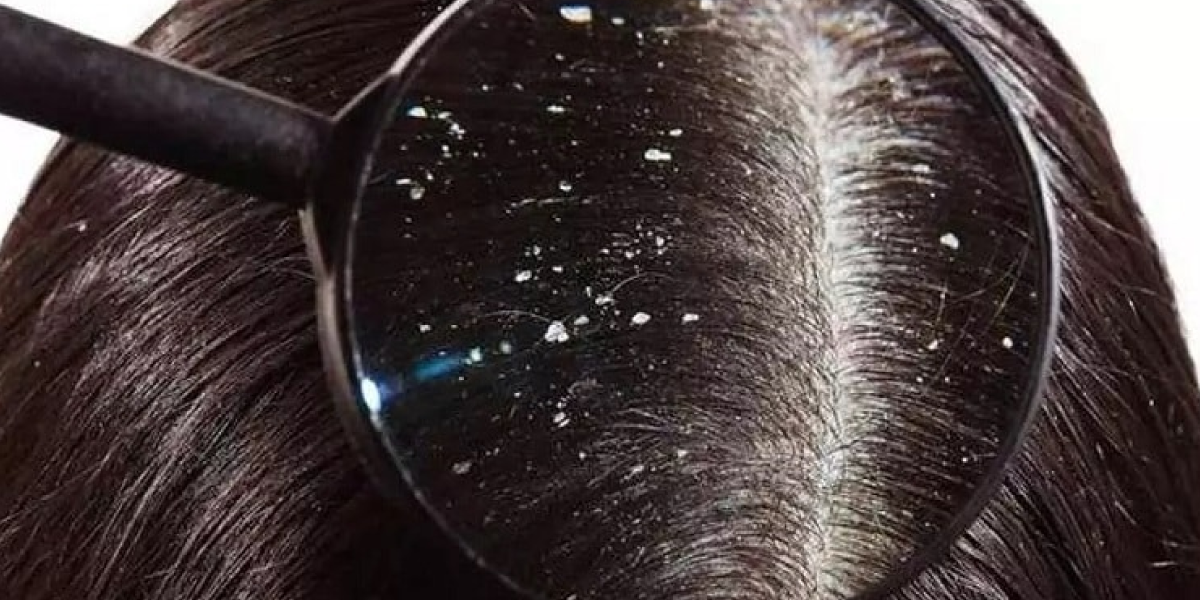
Once dandruff is under control, hair usually grows back in a few months.
To support hair regrowth, follow these steps:
- Keep your scalp clean and hydrated
- Eat a balanced diet with zinc, iron, and protein
- Avoid tight hairstyles and rough brushing
- Ask your doctor about minoxidil if needed.
Healthy hair starts with a healthy scalp. Once inflammation and flakes are gone, your follicles can bounce back naturally.
When to See a Dermatologist
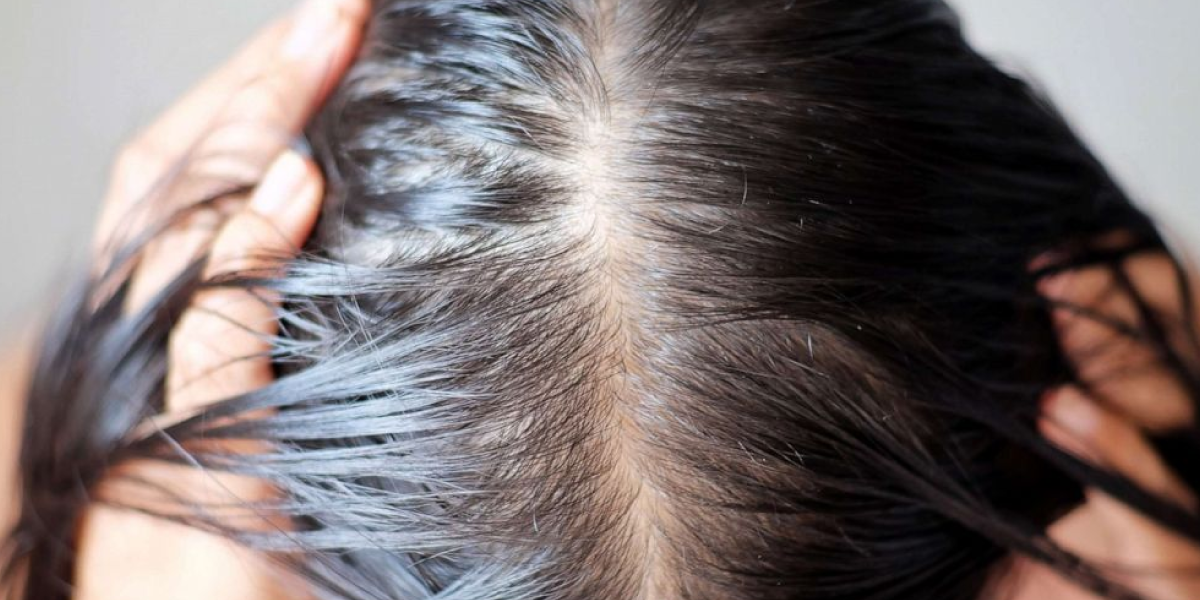
If your dandruff doesn’t improve after a few weeks of using dandruff shampoo or home care, it’s time to visit a dermatologist.
See a doctor if:
- Dandruff stays after 4–6 weeks
- You have red, painful patches or thick scales
- Hair is falling out in clumps or patches
- Your scalp bleeds from scratching.
A dermatologist can tell you if you have dandruff, psoriasis, or another scalp condition, and guide you with prescription treatment or even scalp psoriasis shampoo for relief.
Wrapping Up: Does Dandruff Cause Hair Loss?
Dandruff does not directly cause hair loss. Though this might look harmless, ignoring it can lead to scalp irritation and even hair thinning. If you’ve been wondering how to remove dandruff or why you have so much dandruff, now you know it’s all about balance: keeping your scalp clean, hydrated, and calm.
The best thing you can do? Treat it early, stay gentle with your scalp, and manage stress. A flake-free scalp doesn’t just feel fresh; it’s the foundation for stronger, healthier hair.
FAQs
|

